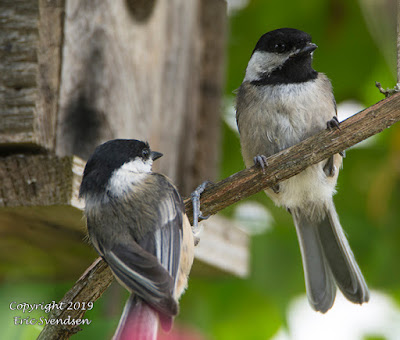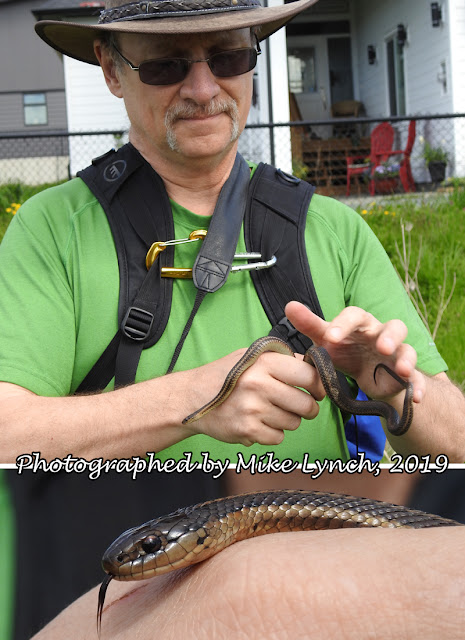Clark's Spiny Lizard
 |
| Clark's Spiny Lizard |
The above reptile, Clark's spiny lizard, was photographed by me during a sunny morning walk in Joshua Tree National Park. It was basking, a behaviour geared to helping it maintain a heightened body temperature to help in the acquisition, digestion and assimilation of food. It is mostly insectivorous but will also take smaller arachnids and some plant material. Warmer temperatures allow it to increase its metabolic rate; enzymes responsible for the processes of life work better within certain temperature tolerances. If it gets too hot, it heads for shade or, even better, a hole where it can cool off. If its body drops below that thermal sweet spot, it goes out to find the sun again. Many lizards, even being exothermic (cold blooded), have been able to keep their body temperature regulated to within a degree or two during the day. The ambient temperature has to be high enough though; during winter many lizards remain sequestered in a stuporous state.
Photographing lizards is challenging. Most lizards are fairly timid and difficult to approach. You have to be up early, have a long lens on a decent camera, and move about carefully. Unlike snakes, they hear well, and you have to be both quiet and deliberate in your movements. If accompanied by others it is a good idea to be first in your party, something more adventurous explorers may not appreciate. Nature photography only works when the nature isn't running for its life. If getting critter shots is one of your objectives, let others know what to expect. Besides, chances are they will miss all the good stuff if they don't slow down. You are actually doing them a favour.
http://www.reptilesofaz.org/Lizards-Subpages/h-s-clarkii.html



Comments
Post a Comment